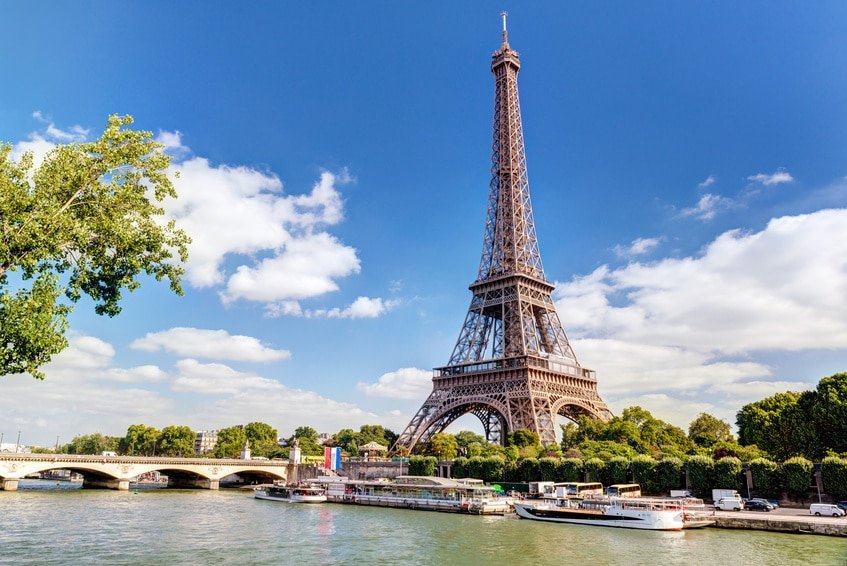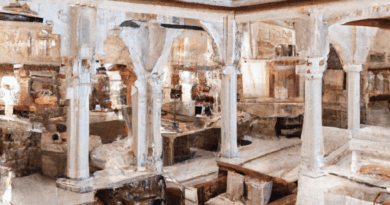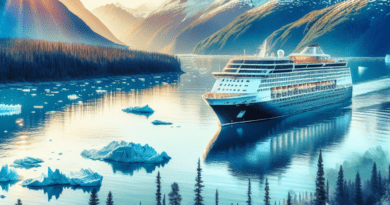Paris Eiffel Tower
Paris Eiffel Tower, an iconic symbol of love and architectural grandeur that has mesmerized millions around the globe. Advancing from your armchair travel planner mode to a bonafide adventure seeker isn’t an easy transition, but you’re ready to take on the world. This article will help satiate your wanderlust as it journeys through the heart of France, exploring the majestic Eiffel Tower. Though a well-known tourist destination, there are numerous lesser-known fascinating facts and stories that surround this Parisian marvel. Enthralling and enlightening, this article is your handy guide, paving your path toward your next great adventure! Now gear up, wanderlust warrior, for an enchanting virtual ride to the city of love – Paris.
Historical Background of the Eiffel Tower
The Eiffel Tower, an iconic landmark in the heart of Paris, is steeped in a wealth of rich history. Its very existence today is a testament to the technological prowess of its time and a symbol of the city’s resilient spirit.
The Planning and Design
The conception of the Eiffel Tower began as a part of a contest for the World Exhibition or Exposition Universelle of 1889, held to commemorate the 100th anniversary of the French Revolution. The challenge was to design an iron tower that would stand on the Champ de Mars near the Seine River and rise about 300 meters high. It was Gustave Eiffel’s company, praised for its bridge-building expertise, which won with the design crafted by Maurice Koechlin and Émile Nouguier.
Construction Process
Construction of the Eiffel Tower commenced in January 1887 and took slightly over two years. Utilizing advanced mathematical calculations, Gustave Eiffel eliminated the need for heavy piers, allowing the Tower to stand on just four arch-like legs. The construction was a marvel of precision, with the 18,038 individual iron pieces fitting together impeccably.
Inauguration and Public Reception
On March 31, 1889, Gustave Eiffel ascended the tower and planted the French flag at its pinnacle, marking the tower’s completion. The Eiffel Tower was officially inaugurated on July 14, 1889, and it was opened to the public from the 15th of July. The reception, though initially mixed, eventually turned positive as Parisians and tourists alike marvelled at the tower’s unique beauty and engineering feat.
Use over the Years
The Eiffel Tower has had a versatile history. Initially, it served as an observation and broadcasting tower, later used for scientific experiments, and even became a military observation post during World War I. Today, the Eiffel Tower mainly serves as a tourist attraction and a symbol for Paris and France worldwide.
Architectural Details of the Eiffel Tower
Let’s delve into the technical aspects that make the Eiffel Tower the architectural marvel it is today.
Structural Design
The Eiffel Tower is a testament to the potential of latticed wrought iron. The innovative wind-resistant structure, resembling a giant pylon, widens progressively downwards. Its distinct shape minimizes the wind force the tower has to bear.
Height and Weight
Initially, the tower was approximately 300 meters tall, about as tall as an 81-story building. However, with the addition of numerous antennas, the current official height is about 330 meters. The tower, though massive in structure, only weighs around 7,300 tons due to the ingenious use of a lattice design, which reduces the amount of material required.
Materials Used
Constructed using puddled iron, a type of wrought iron, the Eiffel Tower stands sturdy despite its age. It required 7,300 tons of iron and 2.5 million rivets.
Innovative Features
One of the tower’s innovative features is the non-flat surface, an idea borrowed from architectural structures found in nature. The curve of the tower’s sides is precisely the mathematically correct hyperbolic cosine curve, a shape that ensures the maximum resistance to wind forces.
Maintenance and Upkeep
Maintaining the Eiffel Tower is no easy task, requiring a team of 25 painters to apply 60 tons of paint every seven years to prevent corrosion. The tower has been painted various shades of color throughout its history, including reddish-brown, ochre, and even a yellow-brown at one point. Today, “Eiffel Tower Brown” is the color of choice.

Location and Accessibility
Situated in the heart of Paris, accessing the Eiffel Tower is convenient and offers plenty of opportunities to explore the city before or after your visit.
Situation within Paris
The tower resides in the 7th arrondissement on the Champ de Mars, a green expanse named after Mars, the Roman god of war. Located near the Seine River, it offers a brilliant view of popular tourist attractions across the city.
Transportation Options
You can easily reach the Tower via various modes of transport, including the Metro, RER train, Bus, Batobus (river shuttle), and even through cycling or on foot if you’re nearby.
Opening Hours
The Eiffel Tower generally opens at 9.30 am and closes at 11.45 pm. Make sure to check the official website for the most up-to-date information as timings can change depending on the season and other factors.
Accessibility for Disabled Visitors
The Tower is equipped with lifts, making it accessible for visitors with mobility issues. Additionally, the first and second floors contain adapted toilets for disabled visitors.
Eiffel Tower Tours
The Tower offers various tours to cater to different preferences.
Types of Tours Available
Whether you’d prefer a guided tour, a private tour, or perhaps even a tour that includes a gourmet meal or a Seine River cruise, there’s a wide range of options available to cater for your needs.
Booking a Tour
Booking a tour is a smooth process that can typically be done online or by phone. During peak tourism seasons, it’s advisable to make reservations in advance to secure your spot.
What to Expect on a Tour
On a typical tour, you’ll learn about the tower’s history, the engineering marvel it constitutes, have access to stunning views of Paris, and, of course, plenty of photo opportunities.
Night Tours
Night tours offer a unique experience, with the tower spectacularly illuminated against the dark sky. The City of Lights never looks better than from the top of the Eiffel Tower at night.
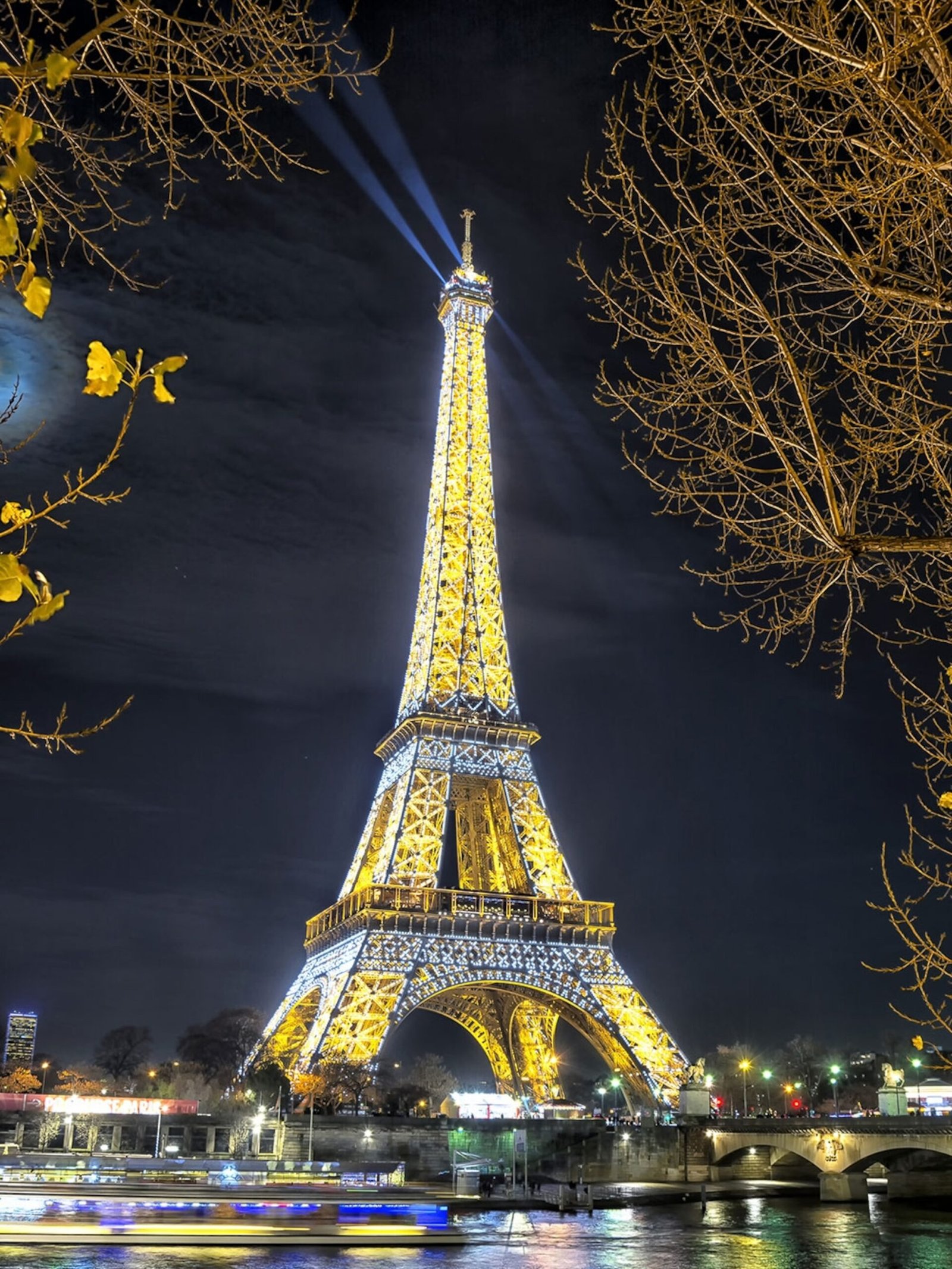
Views from the Eiffel Tower
The Tower is renowned for offering the best panoramic views of Paris.
Viewing Platforms
The Tower houses three viewing platforms at different heights, each one providing a unique perspective of the cityscape.
What Landmarks you can see
Some of the famous landmarks you could spot include the Notre Dame Cathedral, Louvre Museum, Sacré-Cœur Basilica, Palais Garnier, and the Seine River.
Accessibility of Views
Glass safety barriers installed at all three levels ensure an uninterrupted, safe view of the city below. Lifts are able to transport visitors to each floor, ensuring the views are accessible to all.
Dining at the Eiffel Tower
The Eiffel Tower isn’t only about stunning views and historic architecture – it’s also a dining hotspot.
Restaurants and Cafes
There are several dining options to choose from within the tower: Le Jules Verne, a Michelin-starred restaurant; La Brasserie de la Tour on the first floor; Salon Gustave on the second floor; and the Macaron Bar and Champagne Bar at the top.
What to Expect from Dining
Expect fantastic menus featuring traditional French cuisine, with fascinating views complementing your meal. It is an experience that is simply unforgettable.
Reservation Requirements
Given the popularity of these dining venues, it is recommended to make a reservation well in advance to avoid disappointment.
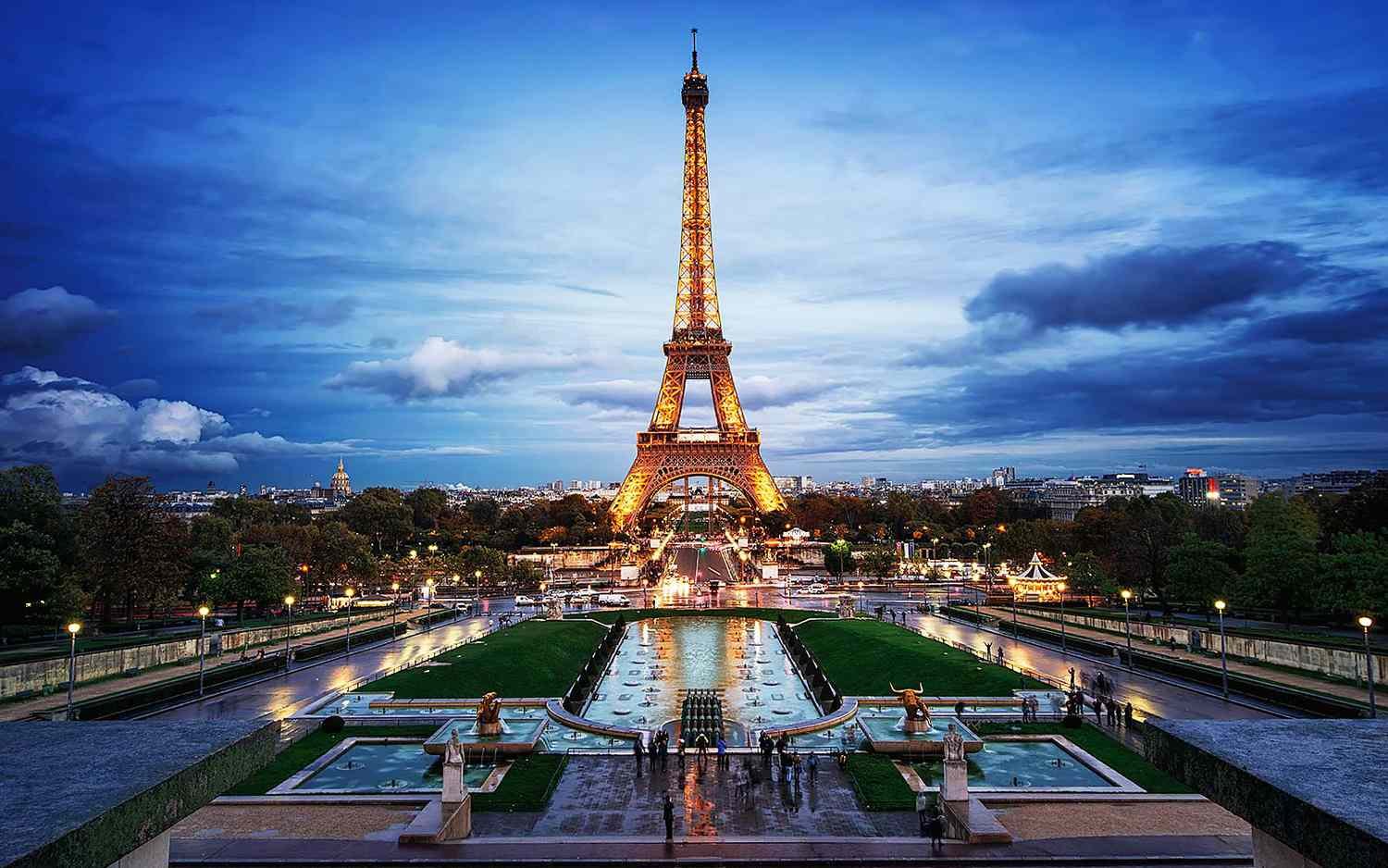
Special Event Hosting
The Eiffel Tower isn’t just about sightseeing; it also serves as a magnificent venue for special events.
Weddings at the Eiffel Tower
Many couples choose to celebrate their special day at the Eiffel Tower. Whether it’s an intimate elopement or a grand ceremony, the tower can accommodate with its special event areas.
Corporate Events
The venue also hosts corporate events, providing a memorable setting that impresses every attendee. With modern facilities and stunning views, it’s a unique venue for business meetings and gatherings.
Public Events
In addition, the Eiffel Tower plays host to numerous public events throughout the year, such as concerts, exhibitions, and even sports events like the vertical race.
Interesting Facts about the Eiffel Tower
Fancy learning something new? Here are a few fascinating facts about the Eiffel Tower.
Records Held by the Eiffel Tower
Upon completion, the Eiffel Tower held the record for the world’s tallest man-made structure for 41 years. Also, the Eiffel Tower is the most-visited paid monument in the world.
Appearances in Film and TV
The Eiffel Tower has made countless appearances in films and TV shows, from romantic comedies like “Amelie” and “Midnight in Paris” to action films like “James Bond: A View to a Kill” and “Mission Impossible: Fallout”.
Unusual Stories and Events
There have been many extraordinary stories associated with the tower: from a man riding his bicycle down from the top, to the tower being sold as scrap metal by a con man – not once, but twice!

The Eiffel Tower at Night
The magic of the Eiffel Tower isn’t confined to the daylight hours.
Lighting up the Tower
At sundown, the Eiffel Tower comes alive with lights, making it a breathtaking sight. In addition, there’s a sparkling light show for five minutes every hour on the hour until 1 am.
Best Spots to view the Tower at Night
Aside from the tower itself, there are several great spots around the city to view the nighttime spectacle, including the Trocadéro Gardens, Pont de Bir-Hakeim, and Montmartre Hill.
Night Photography Tips
For the best shots, use a tripod to steady your camera and use a slow shutter speed to capture the twinkling lights effectively. Adjust your white balance settings to ensure the tower’s golden hue is accurately represented.
Impact on Paris and French Culture
The Eiffel Tower is much more than a physical structure; it’s a symbol of French ingenuity, resilience, and creativity.
Symbolism of the Eiffel Tower
The tower symbolizes Paris and France to the world, often used as an emblem of the city’s romance, elegance, and vibrant culture.
Influence on Architecture
The tower opened up possibilities of what could be achieved with architectural design and engineering, pioneering the use of wrought iron in large-scale structures.
Role in Tourism
Playing a vital role in France’s tourism industry, the Eiffel Tower is a major draw for tourists worldwide, with millions visiting each year.
Depictions in Art and Literature
The tower has been a muse for countless artists, writers, and filmmakers, represented in numerous paintings, novels, poems, and films, further cementing its eminent place within global culture.
In closing, the Eiffel Tower is a symbol of love, a beacon of human ingenuity, and the heart of Paris. Whether you’re admiring it from afar or standing atop its breathtaking heights, the Eiffel Tower never fails to inspire and amaze.
